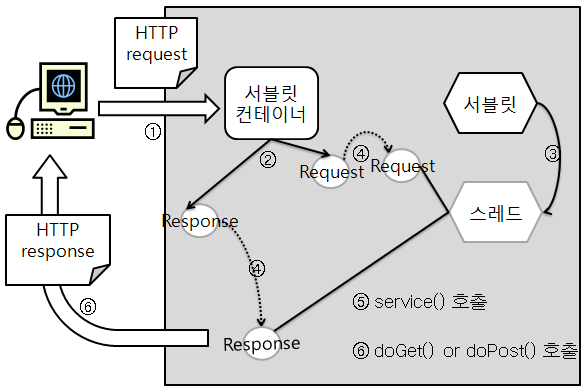<META HTTP-EQUIV="Expire"
CONTENT="-1"> :캐쉬 완료(파기)시간 정의
<META HTTP-EQUIV="Last-Modified"
CONTENT="Mon,10
Jul 2000 18:47:14"> :최종수정일
<META HTTP-EQUIV='Cache-Control'
CONTENT='no-cache'>
<META HTTP-EQUIV='Pragma'
CONTENT='no-cache'>
:캐쉬가 되지 않게 하는 태그
<META HTTP-EQUIV="Content-type"
content="text/html;
charset=euc-kr"> :웹문서의 언어를 설정
<META HTTP-EQUIV="Imagetoolbar"
content="no">
:그림위에 마우스 오버시 이미지 관련 툴바가 생기지 않음
<META HTTP-EQUIV="Refresh"
content="15;URL=http://galaxy.channeli.net/jakalky/sitemap.htm">
:페이지이동
<META HTTP-EQUIV="Page-Enter"
content="RevealTrans(Duration=5/시간
초단위, Transition=21) "> :페이지 로딩시 트랜지션 효과(장면
전환
효과)
<META name="Subject" content="홈페이지주제">
<META name="Title" content="홈페이지이름">
<META name="Description" content="설명문">
<META name="Keywords" content="키워드">
<META name="Author" content="만든사람">
<META name="Publisher"
content="만든단체나회사">
<META name="Other Agent" content="웹책임자">
<META name="Classification"
content="카테고리위치(분류)">
<META name="Generator"
content="생성프로그램(에디터)">
<META name="Reply-To(Email)"
content="메일주소">
<META name="Filename" content="파일이름">
<META name="Author-Date(Date)"
content="제작일">
<META name="Location" content="위치">
<META name="Distribution" content="배포자">
<META name="Copyright" content="저작권">
<META name="Robots" content="ALL">
<META name="robots" content="index,follow"
/> : 이 문서도 긁어가고 링크된 문서도 긁어감.
<META name="robots"
content="noindex,follow"
/> : 이 문서는 긁어가지 말고 링크된 문서만 긁어감.
<META name="robots"
content="index,nofollow"
/> : 이 문서는 긁어가되, 링크는 무시함.
<META name="robots"
content="noindex,nofollow"
/> : 이 문서도 긁지 않고, 링크도 무시함.
 log4sql.jar
log4sql.jar